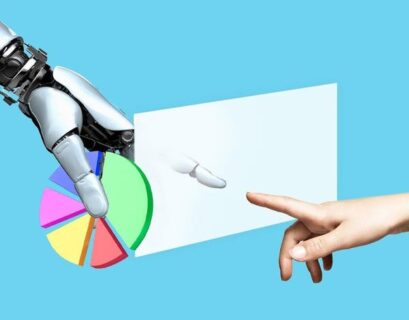An AI mishap on a grand scale may have occurred.
A scientific paper detailing the signaling pathway of sperm stem cells has faced significant mockery due to its portrayal of a rodent with a notably exaggerated appendage and four oversized testicles.
The creature, identified as a “rat,” was depicted in an upright position resembling a squirrel, while the illustration contained nonsensical terms like “dissilced,” “testtomcels,” and “senctolic.”
A cross-section image displayed “sterrn cells” in a Petri dish being scooped up with a spoon.
This publication appeared in the journal Frontiers in Cell and Development Biology this week, showcasing several other outlandish visuals created by the AI tool Midjourney.
Among these was a vibrant JAK-STAT signaling pathway diagram that experts compared to a “wild level of Candy Crush,” noting its lack of grounding in established biology.
The paper, authored by researchers at the Honghui Hospital in China, has since been retracted by the journal, which issued an apology and committed to rectifying the error.
Risks Associated with Fabricated Research
Despite the retraction, concerns have been raised by numerous scientists regarding how such content made its way into publication, signaling a troubling trend of researchers utilizing AI to fabricate their findings.
Adrian Liston, a pathology professor at Cambridge University and editor of the journal Immunology & Cell Biology, expressed worries about the implications of generative AI in producing seemingly authentic yet inaccurate content.
Liston analogized the situation to an actor portraying a doctor on television—resembling a professional but lacking the expertise. He emphasized the potential dangers posed by misleading visuals like the JAK figure, citing nonsensical connections that deviate from established biological knowledge.
He further noted the escalating challenge faced by legitimate journals in distinguishing genuine research from fraudulent submissions due to the advancing sophistication of generative AI.
Various scientists took to social media to denounce the graphics as “utterly disgraceful” and “devastating,” with some expressing uncertainty between amusement and dismay.
Prof. John Tregoning from Imperial College London characterized the visuals as “undeniably comical” but emphasized their unsuitability for scientific publications.
A Humorous Take
In a post on the Science Integrity Digest, Dr. Elisabeth Bik, a Dutch microbiologist specializing in identifying manipulation in scientific literature, remarked on the comedic aspect of the situation. She highlighted the oversight by the handling editor and peer reviewers in allowing such inaccuracies to pass through the review process.
Dr. Bik underscored the paper as a poignant illustration of the naivety displayed by scientific journals, editors, and reviewers in accepting and disseminating AI-generated inaccuracies.
While the erroneous figures may evoke laughter, they serve as a stark reminder of the ease with which botched illustrations can infiltrate scholarly works, potentially undermining the integrity of scientific literature.
Dr. Bik has flagged over 1,000 papers featuring fraudulent imagery, a significant portion of which she suspects to be AI-generated.
Efforts are underway to develop software capable of detecting AI-generated content, which may be watermark-protected in the future. However, currently, identifying such content remains challenging unless glaring inconsistencies are present.
A representative from Frontiers in Cell and Development Biology expressed gratitude for the vigilant readership, acknowledging the role of community feedback in swiftly correcting inaccuracies within the realm of open science.










